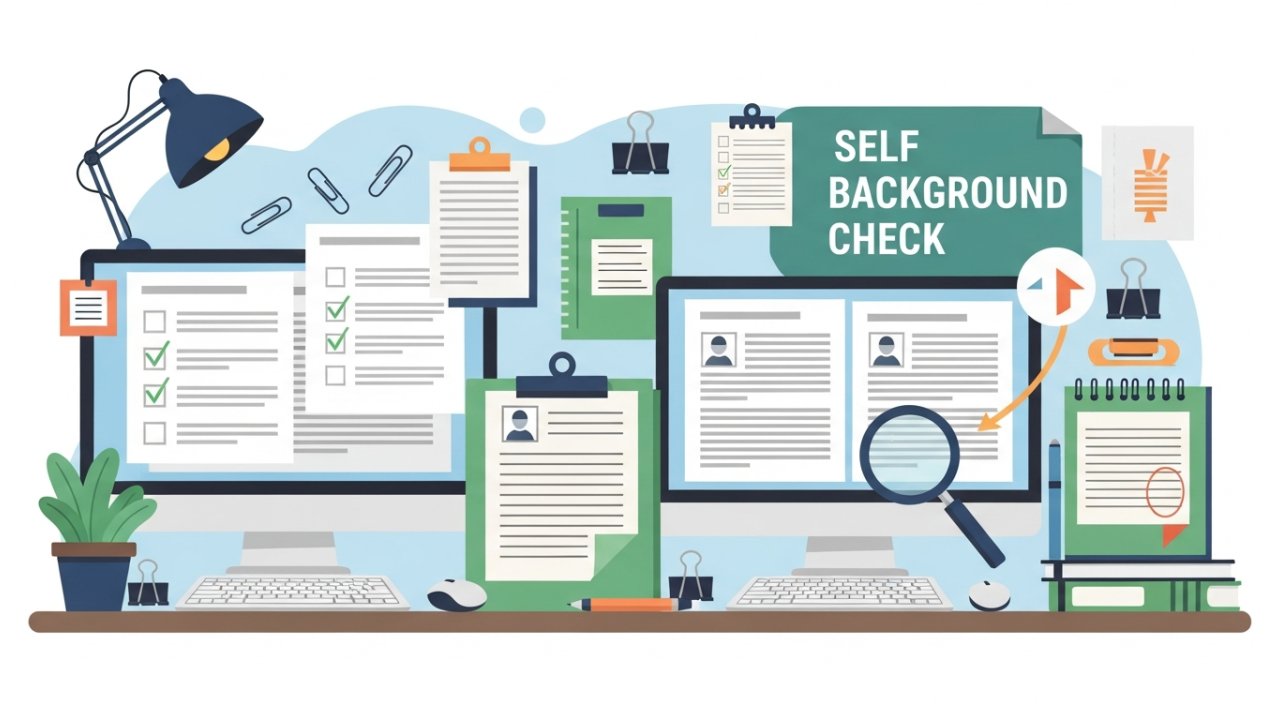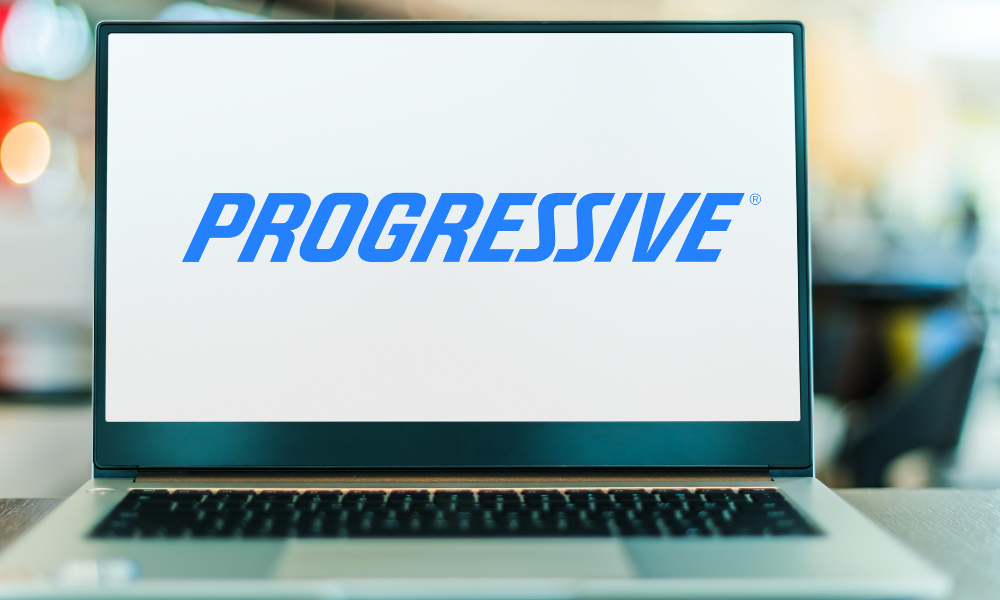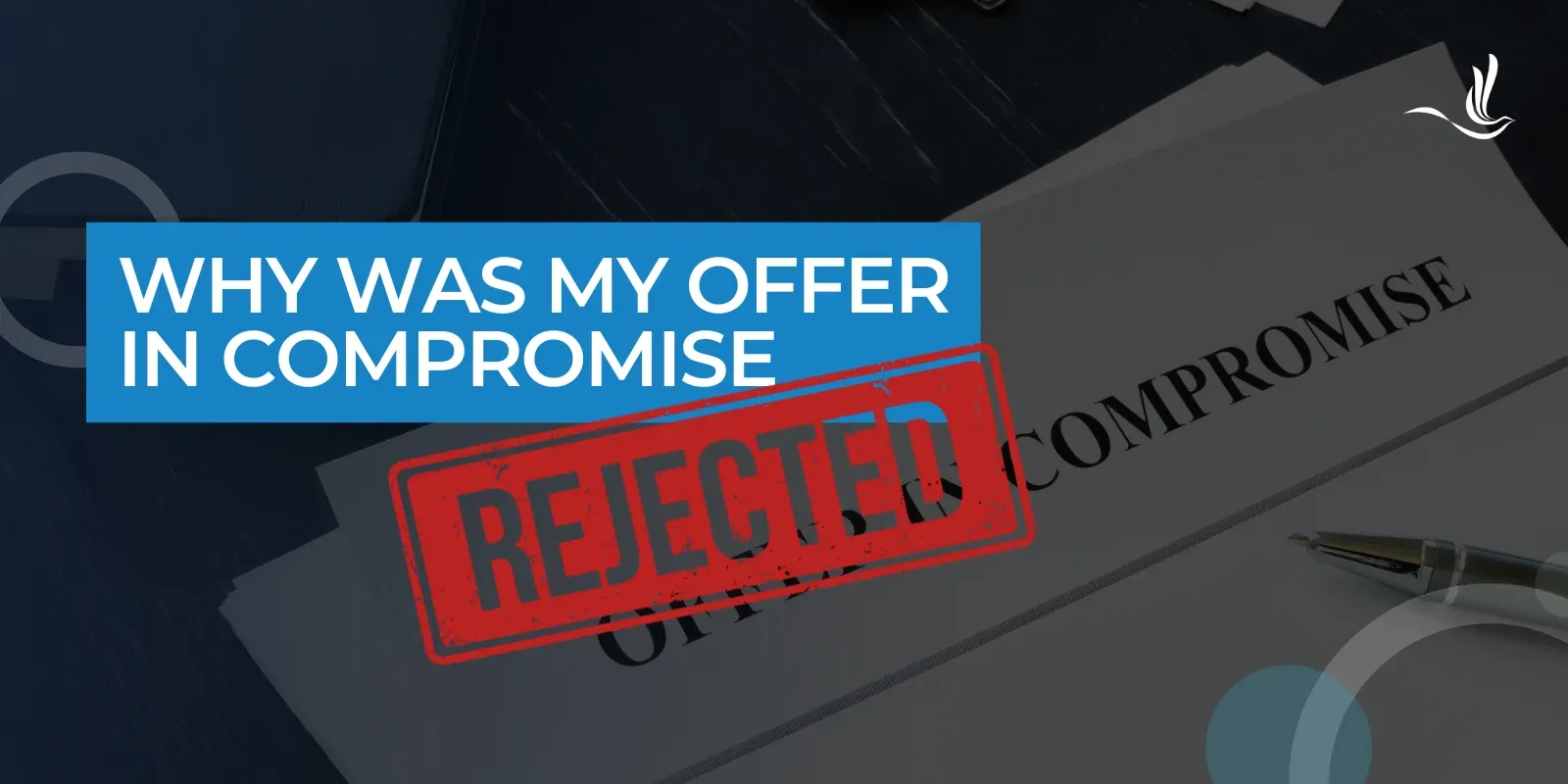Employee retention is vital for maintaining a stable and productive workforce. Implementing effective techniques can make a significant difference in job satisfaction and commitment. By focusing on professional development, enhancing onboarding, and nurturing open communication, you can create an environment that encourages employees to stay. Furthermore, offering competitive compensation and promoting work-life balance are important.
As we explore these strategies, you’ll discover how they can transform your organization’s culture and improve retention rates.
Key Takeaways
- Implement comprehensive professional development programs to support employee growth and increase retention rates by fostering continuous improvement.
- Enhance the onboarding process with personalized experiences and mentorship to ensure new hires feel connected and engaged from day one.
- Establish open communication channels and regular feedback mechanisms to nurture trust, transparency, and higher employee morale.
- Offer competitive compensation and benefits packages, conducting regular salary evaluations to retain talent effectively.
- Promote work-life balance through flexible work arrangements, allowing employees to recharge and increasing overall job satisfaction.
Invest in Professional Development Opportunities
Investing in professional development opportunities is vital for employee retention, with research showing that 94% of workers would stay longer with a company that supports their growth.
Organizations often lose employees because of minimal learning opportunities, which highlights the need for effective training and development programs. By implementing these employee retention strategies, you can cultivate a culture of continuous improvement and engagement.
Curious employees, who seek stimulation and challenges, are more likely to remain productive and committed. Furthermore, 75% of employers report difficulties finding candidates with the necessary skills, making ongoing development critical.
Providing opportunities for appreciation, along with learning and growth, greatly improves job satisfaction and helps you realize the long-term benefits of retention beyond mere monetary compensation.
Enhance the Onboarding Process
A strong onboarding process is vital for retaining new employees, as research indicates that up to 20% of new hires may leave within the first 45 days if their onboarding experience is lacking.
To improve the onboarding process, focus on thorough training and resources that immerse new hires in your company culture. This goes beyond just paperwork; it’s about making them feel welcomed and valued.
Incorporate regular check-ins and offer support during their changeover, as organizations with these practices report higher satisfaction rates.
Personalizing the experience by assigning mentors or buddies can greatly improve engagement, nurturing connections to teams and the organization.
Foster Open Communication and Feedback
When open communication channels exist between management and staff, it nurtures trust and transparency, making employees feel valued and involved in decision-making processes.
To encourage open communication, schedule regular check-ins to assess team workloads and job satisfaction.
These check-ins allow you to address any concerns swiftly, enhancing employee retention.
Actively seek employee feedback through surveys and discussions, leading to actionable changes that boost engagement. This constructive communication is especially essential in hybrid and remote settings, where employees should feel safe sharing ideas and concerns without fear of retribution.
Organizations prioritizing open dialogue and feedback mechanisms typically experience higher morale and lower turnover rates, contributing to a more stable workforce and ultimately improving overall productivity.
Offer Competitive Compensation and Benefits
Competitive compensation and benefits play a fundamental role in retaining employees, as many individuals prioritize salary and benefits when considering their job satisfaction.
Offering competitive salaries is imperative, especially since 82% of employees would consider leaving for better pay. Regular salary evaluations can help you retain talent.
A thorough benefits package, including healthcare and retirement plans, improves job satisfaction and is critical for attracting and retaining employees. Transparency in pay structures cultivates trust, making employees feel valued and reducing turnover.
Conducting market research to benchmark wages against industry standards guarantees your compensation remains competitive.
Moreover, offering perks like flexible schedules and home office stipends can greatly boost morale, contributing to a high retention rate and a more committed workforce.
To promote work-life balance effectively, you should encourage boundary setting, offer flexible scheduling, and provide ample time off.
These strategies not just help employees manage their personal commitments but additionally lead to increased job satisfaction and productivity.
Encourage Boundary Setting
Promoting work-life balance is essential for nurturing a healthy workplace, as it allows employees to set clear boundaries between their professional and personal lives.
By encouraging boundary setting, you can greatly improve how to enhance employee retention and motivation.
Implement these staff retention strategies:
[embed]https://www.youtube.com/watch?v=IBHjUVFhFjA[/embed]
- Encourage open communication about the importance of boundaries to create a respectful culture.
- Promote employees to take regular breaks, reducing burnout and increasing engagement.
- Support time off and flexible work hours, which can boost productivity by 21%.
Organizations that prioritize these strategies see turnover rates drop by up to 25%.
Offer Flexible Scheduling
Encouraging boundary setting is crucial for a healthy workplace, whereas offering flexible scheduling takes work-life balance a step further.
Implementing flexible work options, like remote work or compressed workweeks, can greatly boost employee satisfaction. In fact, 82% of workers say they’re more likely to stay with an employer providing such flexibility.
This approach not only reduces burnout but also improves productivity and job satisfaction.
To effectively retain employees, consider regular assessments of their scheduling preferences.
Provide Time Off
Although it’s essential for employees to stay productive and engaged, providing ample time off is important for promoting a healthy work-life balance.
Here are key reasons why you should prioritize this strategy:
- Recharging: Time off allows employees to rest and return more focused, boosting overall productivity.
- Job Satisfaction: With 78% of employees citing time off as critical for contentment, generous vacation policies greatly improve morale.
- Reduced Turnover: Companies focusing on work-life balance report a 25% decrease in turnover rates, highlighting the benefits of employee retention.
Implement Recognition and Rewards Systems
Implementing recognition and rewards systems is crucial for promoting a positive workplace culture.
Regular appreciation practices, whether through informal acknowledgments or structured formal programs, can greatly improve employee morale and engagement.
Regular Appreciation Practices
Recognizing employee contributions regularly is essential for nurturing a positive workplace environment, as studies show that 65% of employees often feel unappreciated at work, which directly contributes to higher turnover rates.
To effectively implement recognition practices, consider these strategies:
- Give timely feedback – Acknowledge achievements as they happen to boost motivation and loyalty.
- Celebrate milestones – Recognizing team successes encourages cohesion and reinforces a sense of belonging among employees.
- Balance formal and informal recognition – Tailor your recognition programs to meet diverse employee preferences, ensuring everyone feels valued.
Formal Recognition Programs
Formal recognition programs are crucial tools for nurturing a positive workplace culture and improving employee retention. Implementing these programs can greatly improve morale, leading to 31% lower voluntary turnover rates. When employees feel appreciated, they’re 60% more likely to stay, so regular acknowledgment is key. Here’s how to tailor these programs effectively:
Recognition Type Impact on Retention Monetary Rewards Increases motivation Verbal Praise Cultivates loyalty Timely Feedback Boosts productivity Aligned with Values Improves engagementTo retain talent, create a culture of gratitude that works for your team.
Remember, recognized employees can be up to 14% more productive, making formal recognition programs crucial for your organization’s success.
Create Flexible Work Arrangements
Creating flexible work arrangements is essential for modern organizations aiming to improve employee satisfaction and retention. By offering options like remote work or flexible hours, you can tailor your workplace to meet employee needs.
Here are three key benefits:
- Increased Satisfaction: About 70% of employees prefer flexible work options, boosting morale.
- Higher Retention Rates: Companies with flexible arrangements see a 20% increase in retention, as employees value work-life balance.
- Enhanced Productivity: Flexible schedules can improve productivity by up to 25%, empowering employees to manage their time effectively.
Regularly evaluating employee preferences helps you implement effective flexible work arrangements, further demonstrating how to improve retention.
A strong culture of flexibility can attract a wider talent pool, eventually benefiting your organization.
Frequently Asked Questions
What Are the Most Effective Employee Retention Strategies?
To retain employees effectively, focus on competitive compensation and extensive benefits, as many will leave for better pay.
Implement career development programs to improve satisfaction, since most employees value professional growth.
Cultivate a positive company culture that emphasizes inclusivity and recognition, which boosts morale.
Offer flexible work arrangements to support work-life balance, and establish regular feedback systems to show appreciation, as valued employees are more likely to stay with your organization.
What Are the 5 R’s of Retention?
The 5 R’s of retention are Recognition, Rewards, Relationships, Respect, and Retention strategies.
Recognition means acknowledging employee contributions regularly, boosting morale.
Rewards involve offering competitive salaries and benefits, as many employees prioritize pay.
Building Relationships through mentorship nurtures a supportive atmosphere, enhancing loyalty.
Respecting employees’ work-life balance is essential for preventing burnout.
[embed]https://www.youtube.com/watch?v=HNr4tE74xUE[/embed]
What Are the 3 R’s of Employee Retention?
The 3 R’s of employee retention are Recruitment, Recognition, and Retention.
First, you need to recruit candidates who align with your company’s culture, as this increases their likelihood of staying.
Next, recognize employees’ contributions consistently; appreciation leads to greater loyalty.
Finally, implement retention strategies, like offering clear career advancement opportunities, since many employees leave because of a lack of growth potential.
Focusing on these areas can greatly lower turnover rates.
Which of the Following Strategies Is Most Effective in Retaining Employees?
To determine the most effective strategy for retaining employees, consider the impact of competitive compensation. Fair salaries directly influence retention, as many workers prioritize pay.
[embed]https://www.youtube.com/watch?v=2y8SA6cLUys[/embed]
Moreover, providing career advancement opportunities keeps employees engaged by offering growth potential. Effective onboarding processes guarantee new hires integrate well, reducing turnover in early months.
Finally, recognizing employee contributions nurtures loyalty, whereas flexible work arrangements cater to diverse needs, further enhancing job satisfaction and commitment to the organization.
Conclusion
Incorporating these seven employee retention techniques can greatly improve your organization’s work environment and reduce turnover. By focusing on professional development, enhancing onboarding, and encouraging open communication, you create a culture that values employees.
Offering competitive compensation, promoting work-life balance, and implementing flexible arrangements further contribute to job satisfaction. Finally, recognizing and rewarding contributions strengthens commitment. By prioritizing these strategies, you not just retain talent but additionally cultivate a more engaged and productive workforce.
Image Via Envato
Disclaimer: This story is auto-aggregated by a computer program and has not been created or edited by finopulse.
Publisher: Source link








